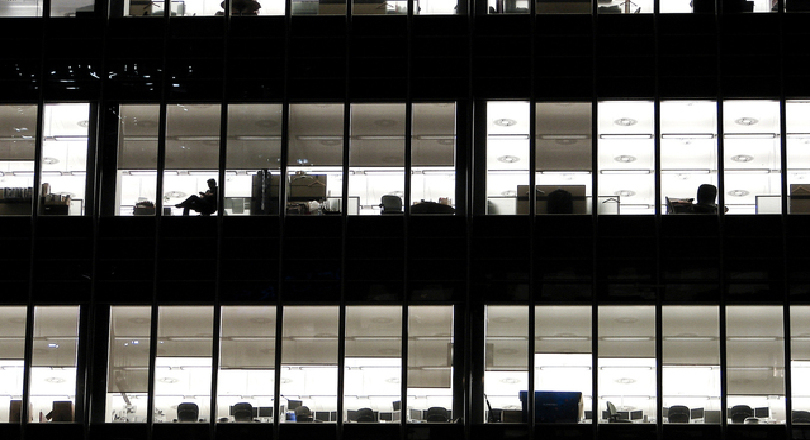The Workplace Health Expert Committee (WHEC) report said evidence for a causal link between long-term exposure to light at night and elevated risk of the cancer was credible. However, it could not rule out other factors.
WHEC said advice on safer shift design was needed, but research on the issue was not yet sufficiently developed.
In 2010, the International Agency for Research on Cancer (IARC) – part of the UN’s World Health Organisation – concluded that “shift-work that involves circadian disruption is probably carcinogenic to humans”, meaning there is strong evidence, but it is not conclusive.
The circadian rhythm is the “internal body clock” that regulates the (approximately) 24-hour cycle of biological processes.
IARC based this on what is says was “sufficient evidence in experimental animals for the carcinogenicity of light during the daily dark period (biological night)” and “limited evidence in humans for the carcinogenicity of shiftwork that involves nightwork”.
However, other studies have contradicted this conclusion. The One Million Women study concluded that night shift work, including long-term shift work, had little or no effect on the incidence of breast cancer.
The WHEC report “endeavoured to summarise the current state of knowledge and to place it in context for policy makers”.
The committee, which is comprised of scientists and academics, has produced five qualitative descriptors for expressing certainty/uncertainty about causal relationships: almost certain, probable, possible/uncertain, unlikely or improbable.
WHEC said the evidence it had reviewed led it to conclude that the relationship was possible/uncertain, reflecting the fact that it gives less weight to animal studies than IARC.
However, WHEC said it agreed with IARC’s assessment of the human evidence that “a causal interpretation is considered credible, but chance, bias or confounding cannot be ruled out with reasonable confidence”.
“Many respected experts believe that excess risks only really emerge after long-term exposure to light at night (eg 15-30+ years) and the evidence reviewed here would be largely consistent with this, assuming the focus to be on studies that report a positive association,” the WHEC report said.
“Quite a lot of evidence points to risks not being elevated with short-term exposure (<10 years) although more data on risks from high intensity short duration exposures would be desirable in defining a ‘safe’ lower limit.”
Exposure to light at night can suppress the hormone melatonin, which is known to have anti-carcinogenic properties. Melatonin is associated with the control of sleep-wake cycles.
If melatonin production is reduced, this could potentially undermine the body’s capacity to combat proliferating cancerous cells.
TUC analysis published in October 2018 found that 3.1 million people work nightshifts, accounting for one in nine (11.5%) employees.

